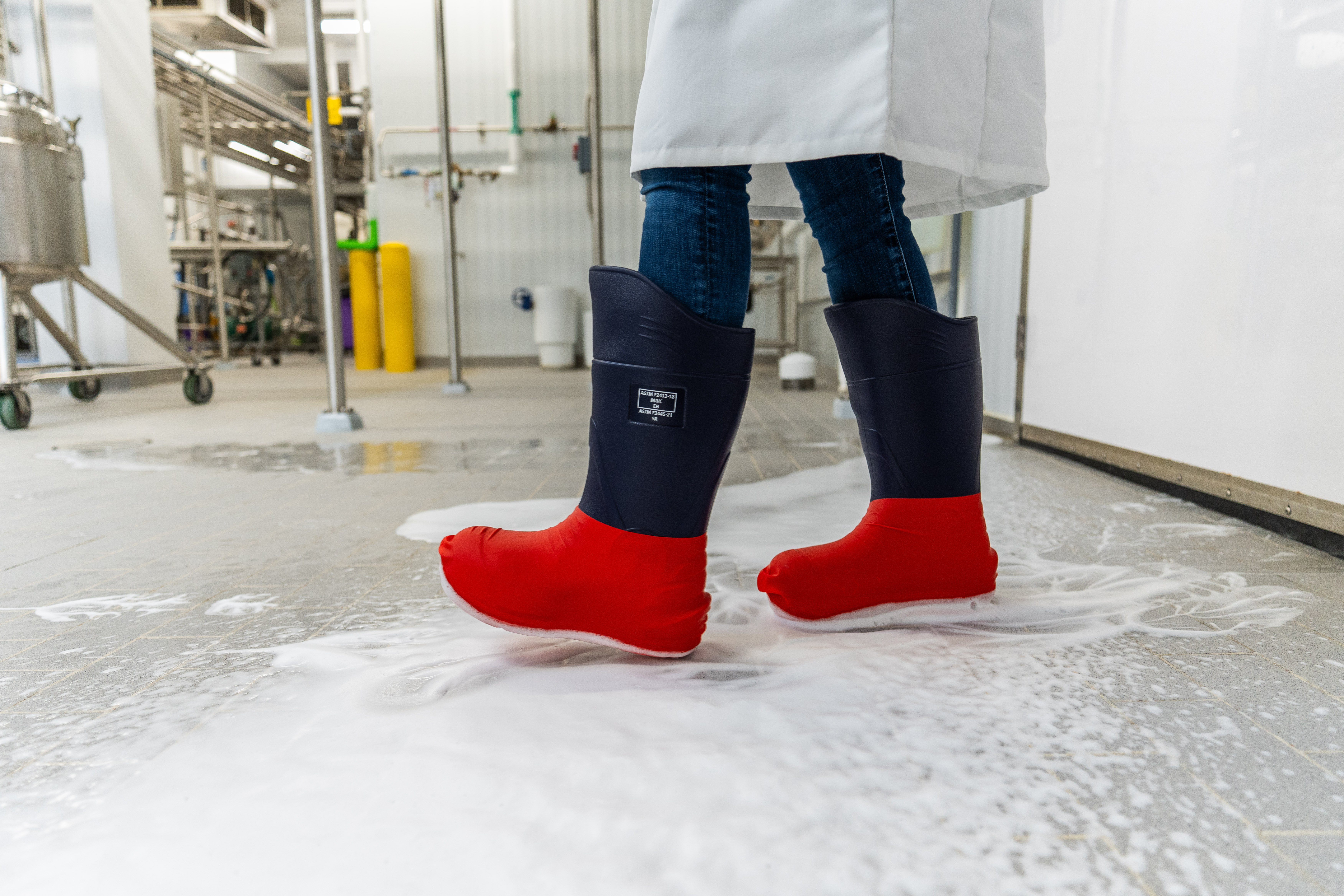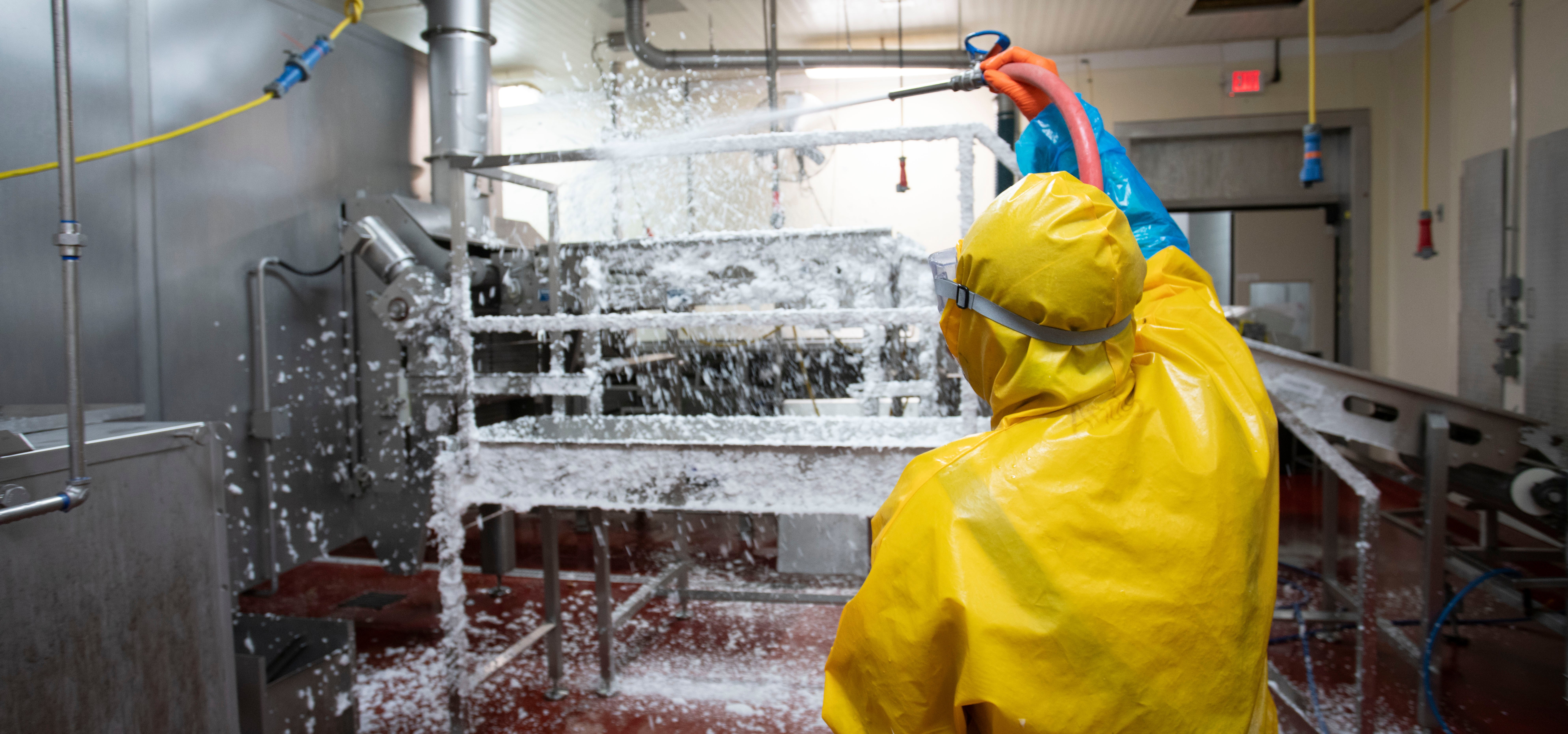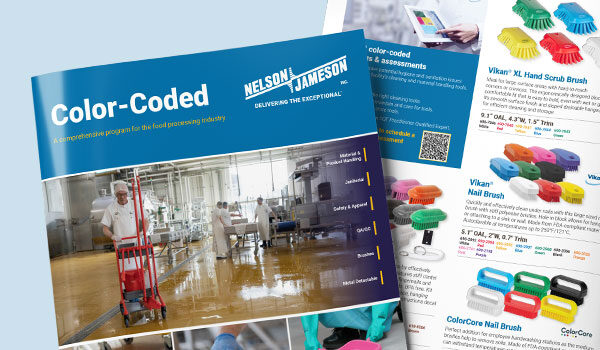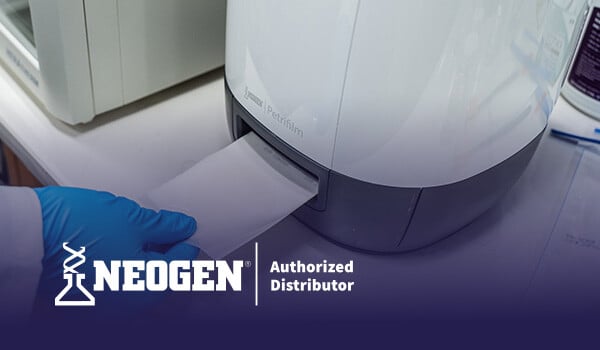Ten years...that’s a long time, right? But...not really. The more I see 10th, 20th, or 25th-anniversary releases of favorite albums or movies, the more I feel like time is slipping away...and ten years seems more like a blink. So, when you consider the dichotomy of the slow and all-too-quick hands of time, it’s impressive how much has been accomplished, and yet how far we have to go in food safety since the Food Safety Modernization Act was enacted in early 2011.
As much as it would be great to go with either a “yay” or “nay” as to whether it has been a success, like many pieces of major legislation, there have been both phenomenal strides as well as stagnation. As food safety is a complex undertaking, involving waves of domestic and global political and trade relations, budgetary concerns, etc., the quality assurance of the Act itself can be a challenge at times. As we’ll see though, overwhelmingly, FSMA has represented a tectonic shift in approaching food safety concerns, and has set the table (yes, that just happened) for increasing advances in the coming years.
 The data suggests that we do have a long way to go. The CDC succinctly summarized this in “Preliminary Incidence and Trends of Infections with Pathogens Transmitted Commonly Through Food — Foodborne Diseases Active Surveillance Network, 10 U.S. Sites, 2016–2019” stating that: “The incidence of most infections transmitted commonly through food has not declined for many years.” Although disappointing to those invested and concerned about food safety, it is important to remember that FSMA is not a stagnant absolute, existing in a vacuum of regulatory comfort.
The data suggests that we do have a long way to go. The CDC succinctly summarized this in “Preliminary Incidence and Trends of Infections with Pathogens Transmitted Commonly Through Food — Foodborne Diseases Active Surveillance Network, 10 U.S. Sites, 2016–2019” stating that: “The incidence of most infections transmitted commonly through food has not declined for many years.” Although disappointing to those invested and concerned about food safety, it is important to remember that FSMA is not a stagnant absolute, existing in a vacuum of regulatory comfort.
Instead, FSMA, like food safety itself, is a continuously evolving and changing entity. To respond to new science and to new challenges, FSMA depends on building on foundational scientific knowledge, while adeptly adjusting to the reality of the challenges of the time (COVID-19 being a great example). Though there is a long way to go, FSMA has achieved numerous outcomes that have been important to the industry and to the march towards a safer food system.
As Sandra Eskin, of Pew Charitable Trusts, noted in a recent food safety session at IDFA’s Dairy Forum, the reality is that while FSMA is ten years old, the compliance dates established to meet the goals of FSMA are only now a few years old. This complicates our “FSMA at 10” theme a bit, but we can surmise a great deal from both those years of buildup and those of ennactation/enforcement. Here is a sampling of what has been accomplished by FSMA so far, as outlined by Deputy Commissioner of Food Safety Frank Yiannas in his “A Decade Later, FDA Still Working on Congressional Mandate Known as FSMA:”
To add to these and other advances, the FDA this year encouragingly released their “New Era of Food Safety” blueprint, laying out areas of development in the next decade of FSMA. Along with increased traceability initiatives, meaningful use of technology, and business/retail model modernization, the blueprint centrally is built upon creating “food safety cultures.” This means making food safety a shared goal by everyone in the plant, in the supply chain, and beyond---top down and bottom up investment--everyone is in on it. This should further encourage that “tectonic shift” mentioned previously, fundamentally shifting existing perspectives on food safety in the industry. The ability to shape the future of food safety and cultures of food safety will be dependent on education, industry/regulatory/academic partnership, collaboration, and advocacy on Capitol Hill, just as the shifting of views from reactionary to preventative action required these first ten years.
As Dick Groves stated in his editorial in the Jan. 15th issue of The Cheese Reporter, “Simply put, the food safety culture matters more than regulations.” Groves makes a good point about the centrality of food safety culture; however, perhaps it is a mixture of conceptual shifts and continued dependence on education and partnership to further spread the gospel of food safety and regulatory knowledge/standards (consider that not having an adequate hazard analysis is still one of the most commonly cited violations by the FDA) that will make the next ten years truly effective in the fight against foodborne illness.
Ten years indeed can feel conversely like an eternity and a blink of an eye. The first decade of FSMA has been an experiment in adaptation. And it will continue to be so for the next ten, marrying the realities of regulatory standards with an embrace of a holistic framework of food safety and food safety culture at all levels (including establishing this at the federal level...which is crucial for funding). Together we can continue to learn, improve, and work together towards this common goal. Food safety is not a destination, it is a journey. We must continue working together as an industry to reduce risk in the food supply chain, relentlessly combatting foodborne illness. No matter how far we are able to push that boulder up the hill, there will always be further to go. Many hands make light work, though, so let's all commit to the effort and make the next 10 years count.
Source(s):
Marler Clark. (2021, February 9). FDA's data for 2020 shows top five violation categories at food facilities. Food Safety News. https://www.foodsafetynews.com/2021/02/fdas-data-for-2020-shows-top-five-violation-categories-at-food-facilities/?utm_source=Food%2BSafety%2BNews&utm_campaign=280373c947-RSS_EMAIL_CAMPAIGN&utm_medium=email&utm_term=0_f46cc10150-280373c947-40046447#.

December 10, 2025
What is OSHA's Regional Emphasis Program (REP) for the food manufacturing industry? The OSHA Regional Em...

December 8, 2025
There is a fundamental connection between worker safety and food safety: A failure in worker safety can ...

December 1, 2025
Nelson-Jameson understands that efficiency and worker safety are equally important goals in food manufac...

Recognize and address possible hygiene and sanitation challenges based on the cleaning and material handling equipment available in your facility.
Through a discovery call, virtual, or on-site assessment, Vikan SQF Practitioner certified specialists will assist in confirming that your system and cleaning tool inventory aligns with your risk management objectives while pinpointing any missing tools and enhancing maintenance and usage practices. Evaluate whether your existing tools are utilized in the most effective manner, or determine if a more suitable tool exists for the task at hand. Ensure that your tools comply with all relevant standards and regulatory requirements. Site evaluations encompass a summary survey, an overview of the location, a color-coded factory layout plan, product suggestions, a recommended order form, and a proposal for a follow-up survey.
Food Safety, Sanitation, Cleaning Tools, Color Coding

This is a comprehensive program for the food processing industry. Nelson-Jameson brings together the most extensive collection of color-coded products for material handling, product handling, janitorial, safety, apparel, QA/QC, and metal-detectable applications. With the right pieces, a color-coding system is a powerful tool in preventing cross-contamination of allergens and food-borne illnesses that can lead to sickness or expensive product recalls.

Food Safety, Sanitation, Cleaning Tools, Color Coding

Food Safety

Get Petrifilm Certified through our complimentary immersive workshop for managers, personnel, and teams. The workshop offers practical knowledge through hands-on training and networking with industry professionals and experts. Attendees gain an in-depth understanding of Petrifilm technology and valuable insights into effective environmental monitoring practices. Participants leave with a certification and a wealth of resources that can significantly contribute to elevating their plant's quality control standards.
Food Safety, Sanitation, Laboratory